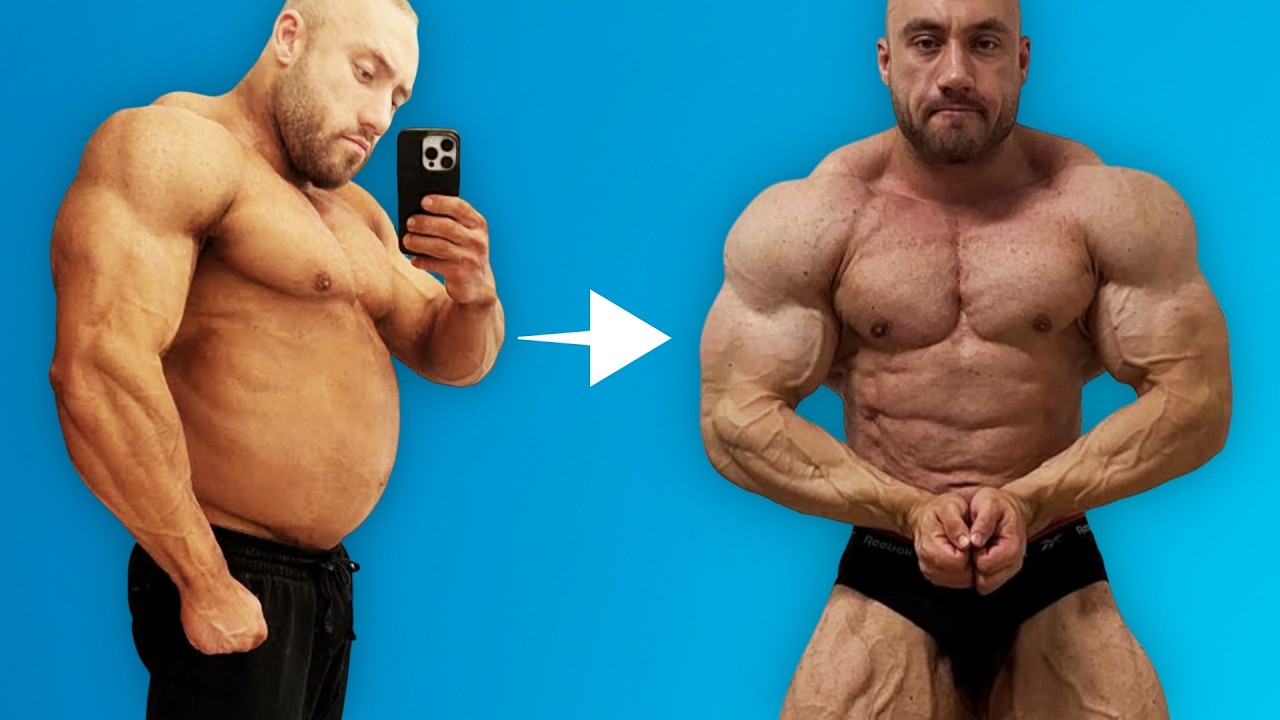Feed-forward method | Neural Style Transfer #5
Summary
TLDRDieses Video bietet eine kurze und übersichtliche Einführung in das schnelle neuronale Stilübertragungsverfahren von Johnson. Der Uploader hat das Originalpapier neu erstellt und zeigt die Ergebnisse mithilfe von vorgefertigten Modellen. Es wird erläutert, wie man seine Umgebung einrichtet, die vorausgetrainierten Modelle lädt und das Stylisierungsskript ausführt. Der Fokus liegt auf der Verwendung von PyTorch-Modellen und der Bedeutung des Einstellungsmodus für die Inferenz. Ein Blick auf die Funktionsweise des Skripts zeigt, wie das Modell die Stilisierung durchführt und das Ergebnis speichert. Das nächste Video wird sich mit dem Training befassen, einschließlich der Verwendung von TensorBoard für Debugging und die Visualisierung von Trainingsmetriken.
Takeaways
- 🖌️ Der Videoinhalt behandelt das schnelle neuronale Stilübertragungsverfahren von Johnson, welches auf einer CMM-basierten Methode beruht im Gegensatz zur optimierungsbasierten Gatos-Methode.
- 📈 Der Videoersteller hat das Originalpapier von Johnson rekonstruiert und zeigt Ergebnisse mithilfe von vorgefertigten Modellen, die er zuvor trainiert hat.
- 🔍 Im Video werden vier verschiedene Modelle vorgestellt, wobei das obere Modell vollständig trainiert wurde und das untere Modell auf der gesamten ms-coco-Datenbank trainiert wurde, was etwa 83.000 Bilder umfasst.
- 💾 Es wird ein Download-Skript für vorgefertigte Modelle vorgestellt, das diese aus einem Dropbox-Ordner herunterlädt, entpackt und in einen lokalen Ordner speichert.
- 🛠️ Die zweite Schritt ist das Ausführen eines Sterilisationsskripts, das mit Standardparametern Ergebnisse liefert und wie das Skript funktioniert wird kurz erklärt.
- 📁 Das Skript speichert die Ergebnisse in einem bestimmten Ordner, sodass sie später leicht gefunden werden können.
- 🔧 Die Funktionsweise des Sterilisationsskripts wird detailliert erklärt, einschließlich der Überprüfung der Modelldateien, Erstellung des Ausgabeverzeichnisses und der Argumente, die für das Styling verwendet werden.
- 🖥️ Das Skript prüft, ob die Hardware GPU-Unterstützung hat, und lädt dann das Modell, das die Stilisierung durchführt, und setzt es in den Evaluierungsmodus für die Inferenz.
- 🎨 Die 'prepare_image'-Funktion wird besprochen, die Bilder lädt, normalisiert und auf GPU lädt, falls verfügbar, und fügt eine Patch-Dimension hinzu, um die Modellebene einzuhalten.
- 🔄 Im nächsten Video wird der Fokus auf das Trainieren von Modellen liegen, einschließlich der Verwendung von Tensorboard zur Visualisierung von Trainingsmetriken.
Q & A
Was ist das Hauptthema des Videos?
-Das Hauptthema des Videos ist die schnelle neuronale Stilübertragung basierend auf der Arbeit von Johnson, insbesondere im Vergleich zur Gatos-Methode, die auf Optimierung basiert.
Was ist der Unterschied zwischen der CMM-basierten und der Gatos-basierten Ansätze?
-Die CMM-basierte Methode, die im Video behandelt wird, ist eine andere Art der neuronalen Stilübertragung als die Gatos-Methode, die auf einer Optimierungsbasis beruht. Die CMM-basierte Methode scheint schneller zu sein und verwendet eine andere Technik.
Wie viele Modelle wurden im Video erwähnt und wie viele davon wurden vollständig trainiert?
-Im Video wurden vier Modelle erwähnt, aber nur das obere Modell wurde vollständig trainiert, indem es eine Box des gesamten ms-coco-Datensatzes von etwa 83.000 Bildern durchgegangen ist.
Was ist der Zweck des Resource-Download-Skripts, das im Video erwähnt wird?
-Das Resource-Download-Skript dient dazu, vorkalkulierte Modelle herunterzuladen, die der Uploader auf Dropbox hochgeladen hat, und sie in den Ordner 'Marvel's binaries' zu entpacken und zu speichern.
Wie funktioniert der 'sterilization'-Skript, das im Video verwendet wird?
-Das 'sterilization'-Skript ist dafür verantwortlich, die vorkalkulierten Modelle mit einem Inhaltsbild zu verwenden, um ein gestyltes Bild zu erzeugen. Es wird mit Standardparametern ausgeführt und verwendet das Standardinhaltsbild, das im Datenordner 'cannon images' zu finden ist.
Wie kann man die Ergebnisse des 'sterilization'-Skripts finden?
-Die Ergebnisse des 'sterilization'-Skripts werden im Ordner 'output images' gespeichert, wo sie später abgerufen werden können.
Was passiert, wenn man die Breite des Ausgabebildes im 'sterilization'-Skript ändert?
-Ändert man die Breite des Ausgabebildes, so wird dies die Größe des gestylten Bildes beeinflussen. Im Video wird gezeigt, dass eine höhere Breite zu einer angenehmeneren Stilisierung führt.
Was ist die Bedeutung von 'torch.no_grad()' im Kontext des Videos?
-In dem Video wird 'torch.no_grad()' verwendet, um PyTorch zu verhindern, Gradienten zu berechnen, was Speicherplatz sparen würde, da für die Inferenz keine Gradienten benötigt werden.
Was wird im nächsten Video behandelt?
-Im nächsten Video wird es um das Trainieren von Modelle gehen, wobei TensorBoard verwendet wird, um die Trainingsmetriken zu debuggen und zu visualisieren.
Wie kann man das Repo aus dem Video ausprobieren und lernen?
-Man kann das Repo aus dem Video ausprobieren, indem man die Schritte im Video befolgt, die Modelle herunterlädt und das 'sterilization'-Skript ausführt. Dies bietet eine gute Lern Erfahrung und ermöglicht es, das Funktionsweise der neuronalen Stilübertragung zu verstehen.
Outlines

This section is available to paid users only. Please upgrade to access this part.
Upgrade NowMindmap

This section is available to paid users only. Please upgrade to access this part.
Upgrade NowKeywords

This section is available to paid users only. Please upgrade to access this part.
Upgrade NowHighlights

This section is available to paid users only. Please upgrade to access this part.
Upgrade NowTranscripts

This section is available to paid users only. Please upgrade to access this part.
Upgrade NowBrowse More Related Video

tinyML EMEA - Kathrin Gerhard: MILEA – An Approach for Small Scale Applications

Thomas Nagel: Subjektiv und objektiv 1 - Philosophische Texte lesen

Die KÜRZESTE Diät l Wie funktioniert ein MINICUT zum Abnehmen?

Bildanalyse mit Hilfe von Kompositions-Skizzen

10 MUST KNOW TIPS Before Visiting San Francisco

Fotosynthese 1a Skizze Querschnitt Laubblatt + Bau und Funktion Blatt - BioABi
5.0 / 5 (0 votes)
